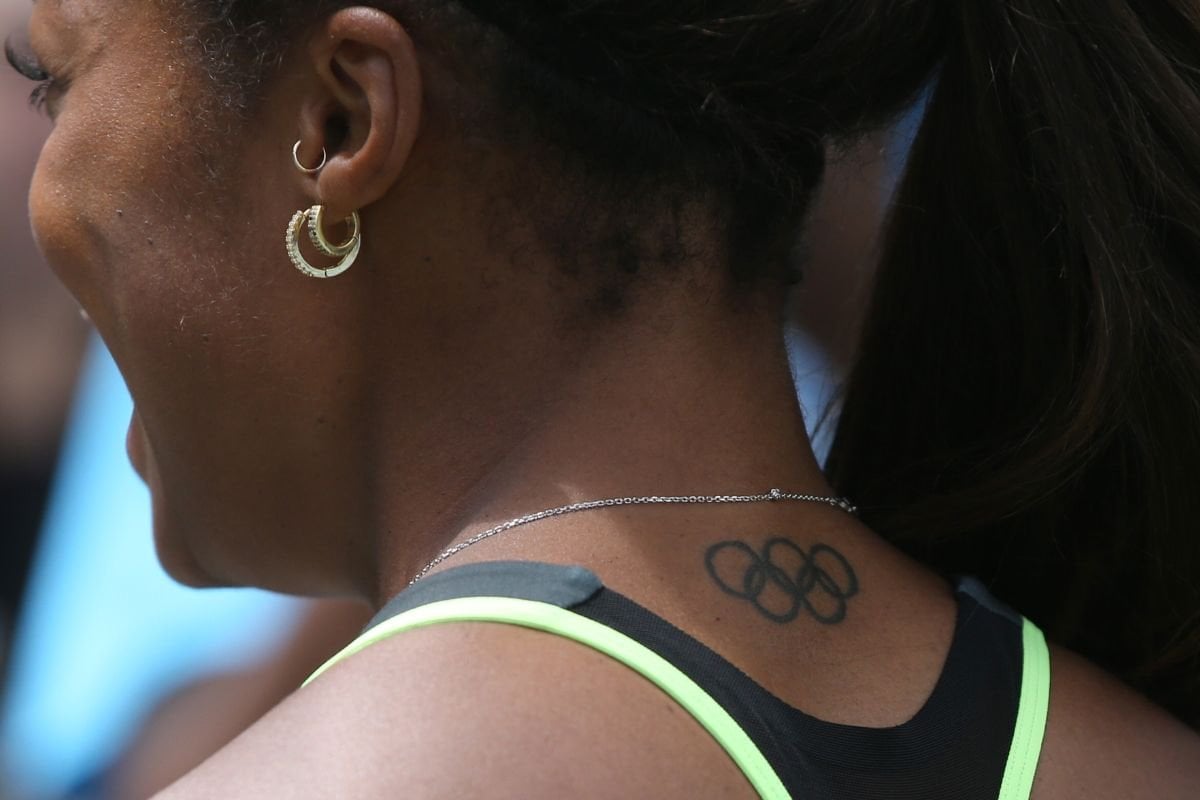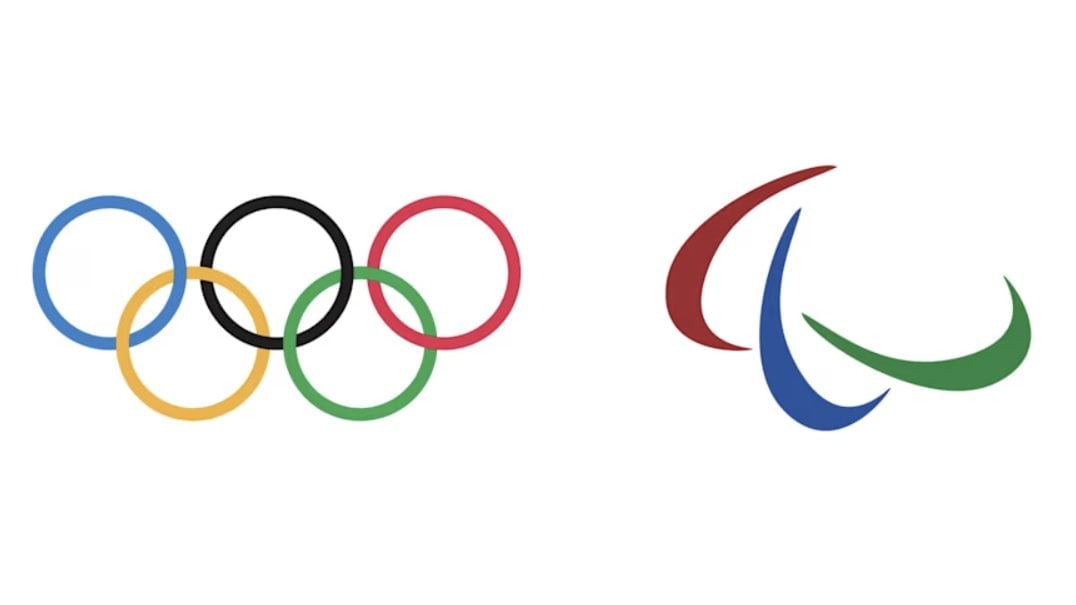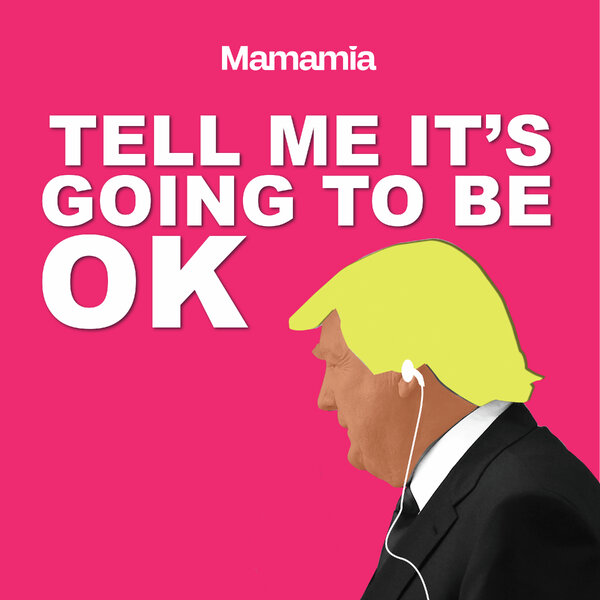
As we avidly tuned in to the 2024 Paris Olympics, many of us couldn't help but notice the iconic Olympic rings tattoos adorning the bodies of numerous athletes.
These permanent marks of pride and achievement have become a common sight at the Olympic Games.
However, in the history of the Paralympic Games, fans have been hard-pressed to spot any such tattoos on the competing athletes.
Until now, Paralympians have been banned from displaying Olympic rings tattoos during the games.
The rule was finally lifted in 2024, ahead of the Paris Paralympic Games. But the history of the rule is quite complex.
So, why were Olympic rings tattoos banned at the Paralympics?
Both the Olympics and Paralympics have bans against body advertisements, which includes tattoos that promote certain brands.
It's to stop situations like the one in 2012, when American middle-distance runner Nick Symmonds made headlines for selling a 9-inch advertisement space on his arm to T-Mobile for $21,800.
So why not the rings specifically?
While Paralympians were always allowed to have an Olympic ring tattoo, they used to be banned from having it on display at the Paralympic Games. The primary reason lies in the distinct branding and governance of the Paralympic Games.
The International Paralympic Committee (IPC) is the governing body for the Paralympics, and it has its own logo and branding, which is separate from the International Olympic Committee (IOC).
































































































